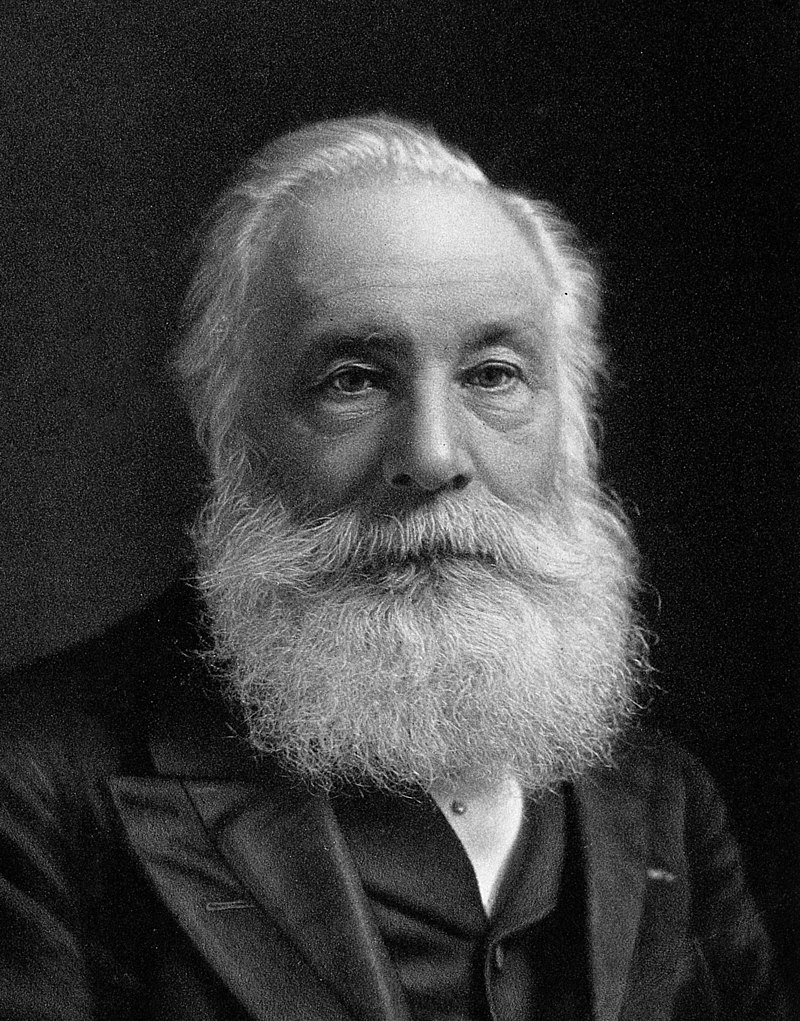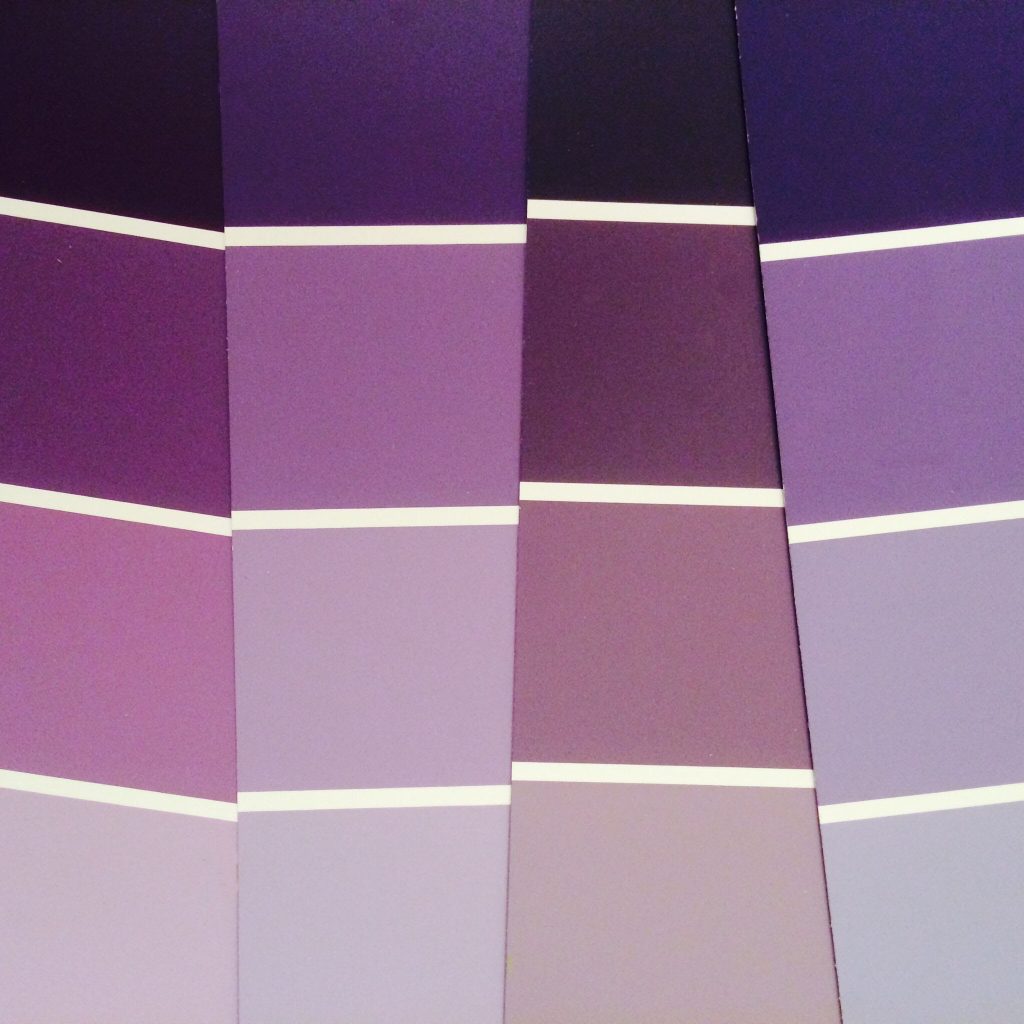
Mauve is a synthetic dye named in 1859. Chemist William Henry Perkin, then eighteen, was attempting in 1856 to synthesize quinine, which was used to treat malaria. Though his experiment failed, Perkins found that the solution in the bottle was a purple colour, stained fabrics and would not wash out. He had discovered the first aniline dye. Perkin originally named the dye ‘Tyrian purple’ after the historical dye – but he filed for a patent in August 1856 (patent No. 1984). The product was renamed mauve after it was marketed in 1859 to Perkin’s mauve, mauveine, or aniline purple.

He established a factory in Greenford Green called Perkin and Son and in 1860, Queen Victoria wore a silk dress dyed in the colour. The public went wild from this royal patronage and the introduction of this new colour caused a craze that took over the public’s imagination. Everything that could be dyed mauve, was. The previous fashions in colour were brown or beige and dyes were made from insects or botanical substances, that needed large quantities and made them expensive.

The passion for this colour also fuelled a race in chemistry to find the next wonder dye to be a colour of the moment.